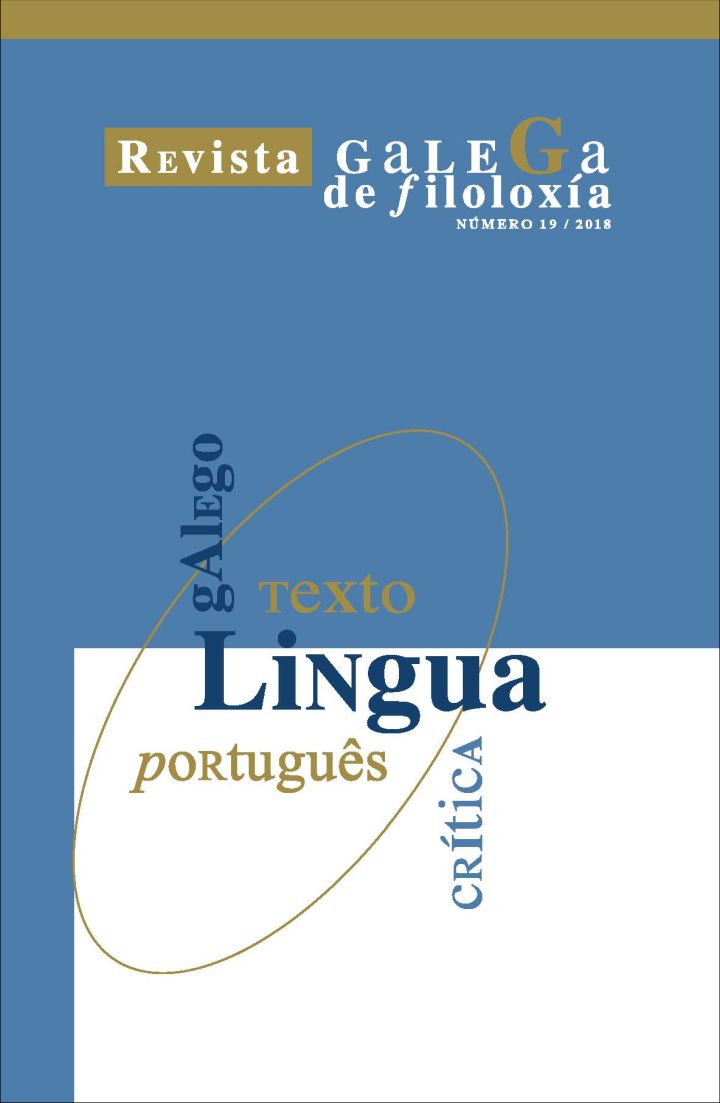As cores no procesamento do significado: proverbios e sinestesia
Contido principal do artigo
Resumo
Os fenómenos de sinestesia son entendidos e referidos de forma diferente dentro da Psicoloxía e da Retórica clásica. Ambas as áreas entendem a sinestesia como uma percepción que cruza estímulos de diferentes áreas sensoriais, verificándose cando o individuo refire determinada percepción a través de estímulos dunha área perceptiva habitualmente ligados a unha outra área de percepción (asociar, por exemplo, letras a cores). Dentro da Psicoloxía, a sinestesia está habitualmente ligada ás patoloxías, considerándose as ligazóns sinestésicas como ligazóns non normais; dentro da Retórica clásica, é entendida como um artificio da linguaxe (unha “figura de estilo”) que permite embelezar a expresividade verbal.
Descargas
Métricas
Detalles do artigo
Citas
Beeli, Gian, & Esslen, Michaela, & Lutz Jäncke (2007). “Frequency Correlates in Grapheme-Color Synaesthesia”, Psychological Science, Vol. 18, N.º 9, 788-792.
Brang, David; Rouw, Romke; Ramachandran, V.S.; Coulson, Seana (2011). “Similarly shaped letters evoke similar colors in grapheme–color synesthesia”, Neuropsychologia, 49, 1355-1358.
Chomsky, Noam (1957). Syntactic Structures. The Hague / Paris: Mouton
Damásio, António (2010). O livro da Consciência - A Construção do Cérebro Consciente, Temas e Debates, Círculo de Leitores.
Teixeira, José (SD1) “Significado e cores de nove provérbios portugueses sem cor” (em fase de publicação).
Teixeira, José (SD2) “Colorful ideas sleep cognitively: from mental images and synesthesia to ‘syntonymy’” (em fase de publicação).
Yokoyama, Takemasa, & Noguchi, Yasuki, & Koga, Hiroki, & Tachibana, Ryosuke, & Saiki, Jun, & Kakigi, Ryusuke, & Kita, Shinichi (2014). “Multiple neural mechanisms for coloring words in synesthesia”, NeuroImage, 94, 360-371.



